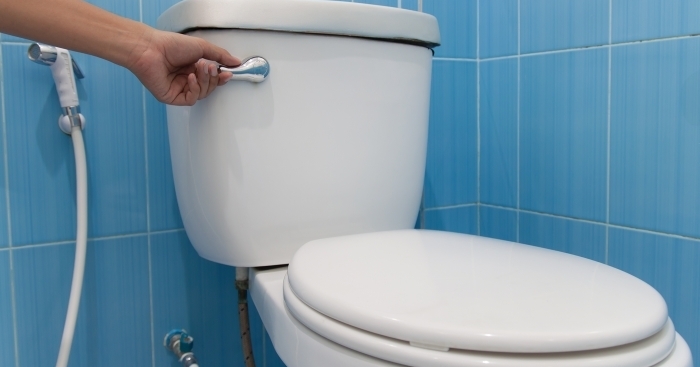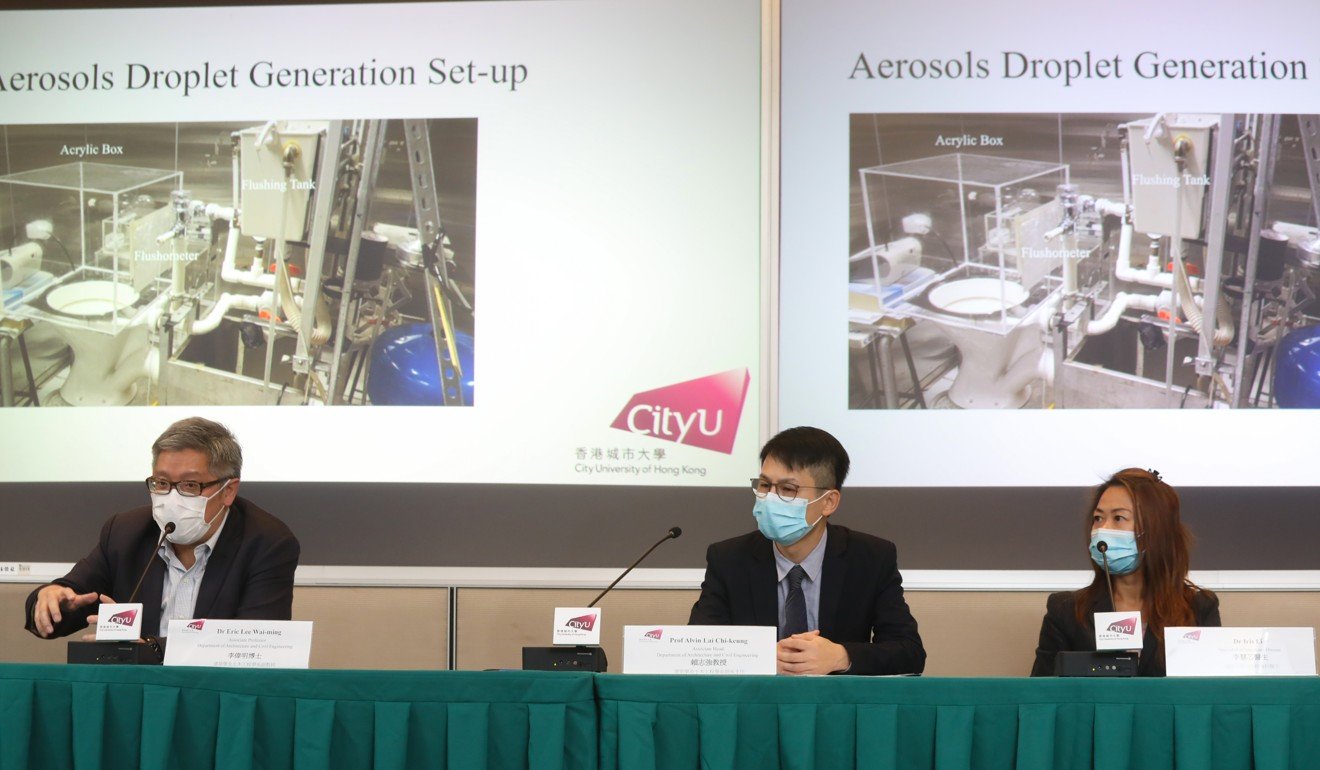
Polluted Droplets Stay In Air For Hours If You Flush Without Closing The Toilet Lid
Closing the lid doesn't help, either.
by Sadho RamCover image via C&ENews
On Thursday, 13 February, a public research university in Hong Kong released a new study detailing how bacteria stays in the air by polluted droplets for hours when we flush without closing the toilet seat lid
According to the study, a toilet flush can release up to 80,000 polluted droplets and leave them suspended a metre in the air for hours if the lid is left up, reported South China Morning Post (SCMP).
Smaller bacteria are even more likely to become airborne and transmitted into the surrounding area like other rooms in a home via polluted droplets produced during flushing, said the year-long study that was done by the Department of Architecture and Civil Engineering of City University of Hong Kong (CityU).

Closing the lid doesn't help, either
CityU Professor Alvin Lai Chi-keung, who led the year-long study, said that their findings revealed that water droplets created during flushing without closing the toilet seat might rise up to a metre.
But international studies, the professor said, have suggested that even if the lid was lowered before flushing, polluted particles may still sneak through the gaps between the toilet and its lid.
"Covering the toilet lid while flushing is definitely essential, but it should not be considered complete prevention," Lai said while advising households to clean the washroom using diluted bleach thoroughly on a regular basis, maintain good ventilation, and always close the door when not in use.

The year-long study comes at a time of public crisis and paranoia
However, CityU Professor Alvin Lai Chi-keung, who led the study, said in a press conference yesterday that it is not their intention to cause unnecessary fear among the public in countries like China, Singapore, and Malaysia that are already reeling with the current outbreak of the coronavirus disease (COVID-19).
As of this writing, there are more than 64,400 confirmed cases of COVID-19 around the world. Out of which, over 63,850 are in mainland China, where the new virus has killed more than 1,370 victims.
Meanwhile, in Malaysia so far a total of 19 confirmed cases have been reported.
Highlighting that their study began long before the new coronavirus existed, Lai said their aim was to uncover the relationship between airborne aerosol droplets and the transmission of pathogens.
The team has suggested a number of ways to minimise the risk
Among the preventive measures, the team recommends that people ventilate their washroom often to prevent saturation of airborne bacteria, adding that 87% of airborne pathogens could be removed from the toilet space by turning on the exhaust fan for 15 minutes, reported SCMP.
According to infectious disease expert Dr Iris Li Wai-sum, who was a member of the team, people should close the windows in the washroom during ventilation to avoid drawing the polluted air back inside.
Additionally, apply a half flush to reduce the number of droplets produced during flushing.